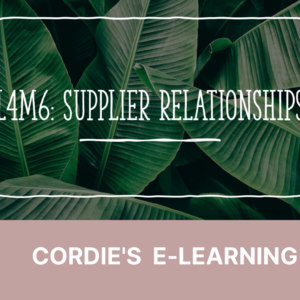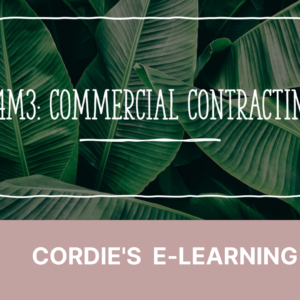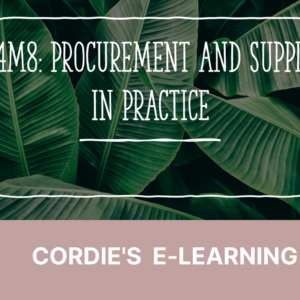L4M7 E-book
650.000 ₫
Mô tả
1.0 Understand methods for the storage and movement of inventory
1.1 Identify the principles, purpose and impact of stores and warehouse design
- Location of stores and warehouses
- Stores and warehouse design
- Factors that influence stores and warehouse layout
- Flow, space utilisation and flexibility
1.2 Explain the use of product coding in inventory operations
- Systems for product coding
- Bar coding
- Order tracking technologies
- The use of RFID technologies
1.3 Contrast the impact of the use of differentwarehousing equipment
Approaches such as:
- Materials handling equipment
- Palletisation and unit loads
- Packing and packaging
- Environmental standards for packaging
- The use of automation in warehousing
2.0 Understand the key elements of effective inventory control
2.1 Differentiate between the different classifications ofinventory
- Opening stock, work in progress, safety stock and finished goods
- Obsolescent and redundant stock
- Direct and Indirect supplies
- ABC classifications of stock that may apply
- Dependent demand and independent demand itemsof stock
2.2 Identify the direct and indirect costs of holding inventory
- Acquisition costs
- Holding costs
- Cost of stock outs
- Discuss options to reduce costs whilst mitigating any negative impact on service levels
2.3 Identify techniques associated with inventory control
- Subjective and objective forecasting
- Re-order quantities and levels
- MRP and MRPII
- ERP
- Just-in-time
- Lean
- Inventory performance measures – lead times, service levels, rate of stock turn, stock outs in a given period, stock cover
3.0 Understand the concept of through life cost
3.1 Analyse the contributing factors when establishing total cost of ownership
- Purchase price
- Hire or lease
- Acquisition costs
- Usage costs
- Maintenance costs
- Operation
- Utilities
- Training
- Disposal and end-of-life costs
3.2 Compare the factors to consider when building a total cost of ownership model
- Include all costs
- Use best estimates of values available
- Hidden costs – global sourcing, risks associated with extended supply chain
- Only develop for larger purchases
- Ensure senior management support
- Cross functional support – ensure access to data
- Team working – reduce data collection time
3.3 Identify the contributing elements to end-of-life costs
- Decommissioning
- Removal or disposal processes
- Legal aspects – waste management
- Environmental factors
- Triple bottom line – people, planet, profit





